Things To Do With Young Children
- Take a 'What Do We See' walk. On this walk, whether it is down a street, through a park or to the beach, the object is to look at the surroundings, listen to the sounds, smell the different scents, touch flowers, leaves, rocks, etc., and determine textures. Talk with the child while you are walking to be aware of what he is seeing, smelling, hearing and feeling. While you are walking with the child, ask questions that will spark his curiosity so he will want to learn more about things around him, i.e.: How long do you think a goldfish can live? (Answer: Goldfish can live for about 17 years but most will die because of dirty water or the wrong water temperature. One goldfish was known to have lived for forty years. Also, if a goldfish is put into a large pond, it can grow to be as long as your arm.) Also: Do you think a seahorse is a fish? (Answer: Yes. Baby seahorses are hatched inside of a pocket in their Daddy's belly.) And: Did you know about 200 million years ago when there were dinosaurs that some could be as small as chickens and others could be as big as nine or ten elephants? Did you know that nearly half of the bones in your body are in your hands and feet? Did you know that your heart beats more than 36 millions times in a year? Did you know that if you annoy a Llama, he will spit in your face?
Or go to the beach and collect seashells, driftwood, small pebbles, grasses and whatever else takes their fancy to bring home for an art object. Don't discourage them in their creative efforts by encouraging them to do what you think looks best. The same can be done after an excursion into the woods for a collections of leaves, branches, pine cones, bark and various grasses, etc. One idea is to put a piece of paper on top of a piece of bark and let children rub the paper with a crayon to get the imprint of the bark. They can do this with various tree barks to compare the different textures.
When going on these excursions, take along a magnifying glass so they will be able to view tiny insects and fine veins on leaves that they wouldn't otherwise be able to see. Look for cobwebs so that they can see the intricate miracle of nature. This is especially interesting when there are drops of dew clinging to it and early morning sunshine glimmering on the droplets.
After walks such as these, have children draw a picture of what they have seen or if they're able to, write a story about it.
When you hear, 'How much further now?' try playing the 'Let's Imagine' game. The following are some 'let's imagine' ideas:
- Let's imagine that you are lying on a large, soft fluffy cloud and you're floating ever so gently through the sunny blue sky, what do you think you would see when you looked around?
- Let's imagine that you are sitting on top of a rainbow and you start to slide down the rainbow towards the pot of gold, what colours do you think you would you be sliding through?
- Let's imagine that you are going to look for burried treasure. Where would you look? What kind of treasure do you think you would find? What would you do with it if you found it?
- Let's imagine that you are going to help the Easter Bunny hide the eggs at Easter time, where would you help him hide them?
- Let's imagine that you were going to catch raindrops. How many raindrops do you think you could catch? What would you use them for?
- Let's imagine that you are flying in the sky with the birds. Where do you think you would go? Do you think you would chirp like the birds or would they talk like you do?
Friday, March 6, 2009
Subscribe to:
Post Comments (Atom)

























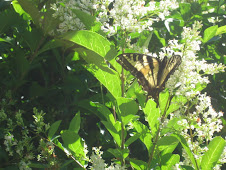















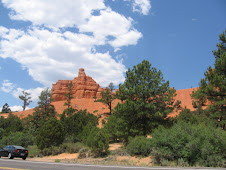
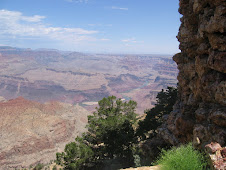
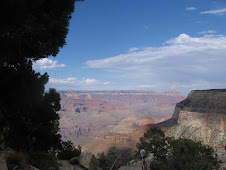
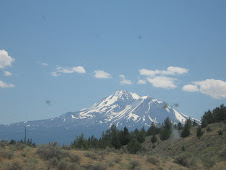



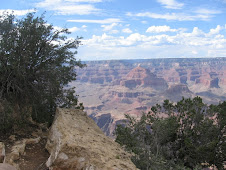
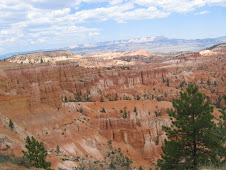




























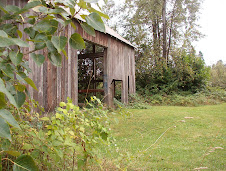




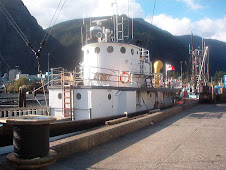

No comments:
Post a Comment